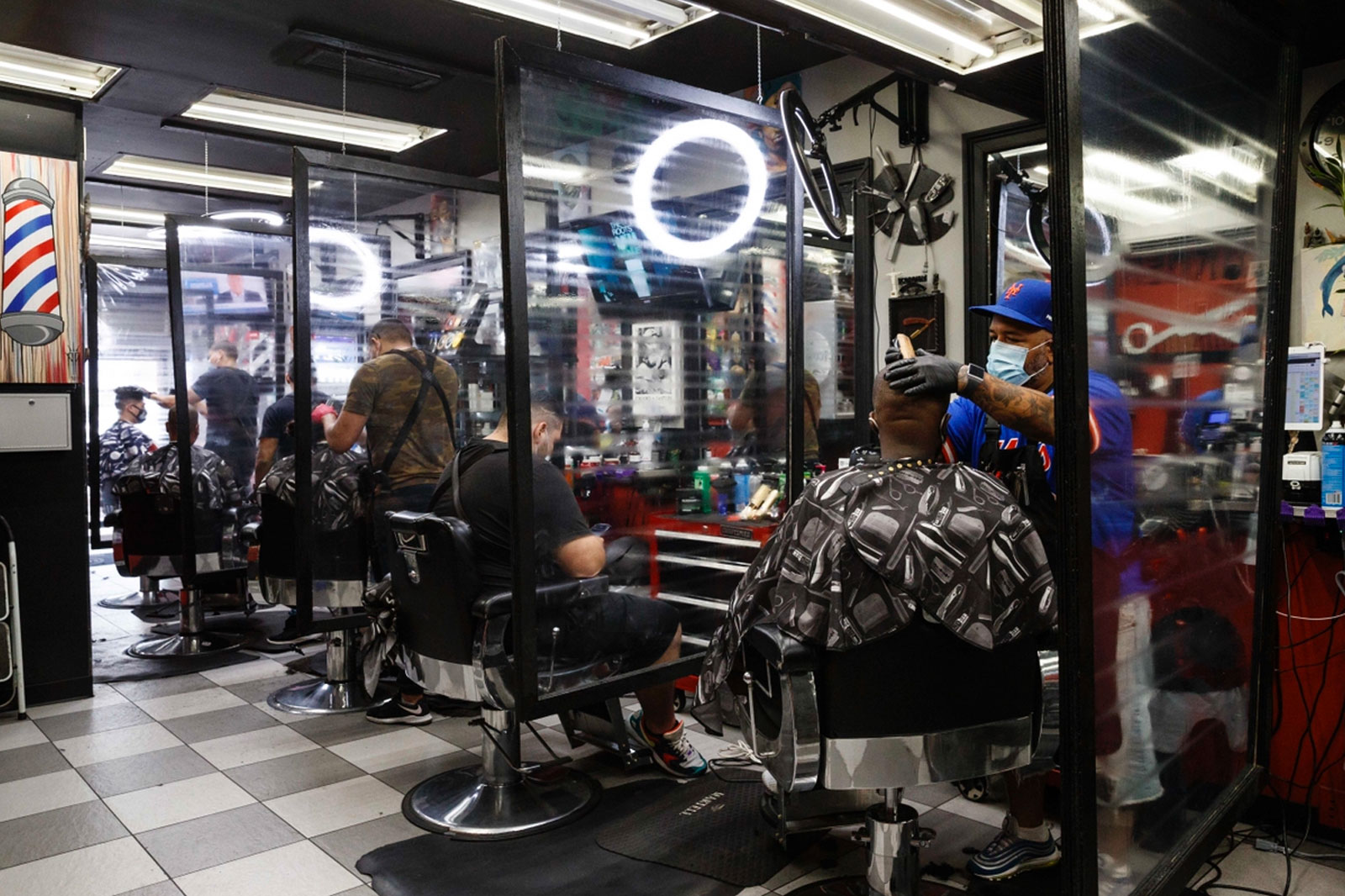Crucial Hygiene Protocols Every Barber Must Avoid to ensure Maximum Client Protection
Crucial Hygiene Protocols Every Barber Must Avoid to ensure Maximum Client Protection
Blog Article
Upholding proper hygiene remains crucial for any field that entails direct interaction with customers, especially within the barbering field. Barbers play an integral role in assisting people look and feel their best, but this duty comes alongside the need for rigorous hygiene protocols. For the well-being of customers and barbers together, there are several critical hygiene measures that should be avoided. Recognizing these measures can help ensure a sanitary and safe setting in barber shops.
One of the common frequent sanitation errors stylists should prevent is the reuse of personal grooming tools without adequate cleaning. Instruments such as shears, trimmers, and combs can harbor bacteria and viruses if they are not cleaned after each use. Stylists should always disinfect their tools with appropriate cleaners or cloths after customers. Failing to do so could result to the transmission of infections, which can have serious consequences for clients. Creating a schedule for sanitizing and sanitizing tools is not just a best practice; it is a vital aspect of upholding a safe operational setting.
Another habit to prevent is neglecting to wash one's hands regularly. Barbers engage with various customers in a single day, and their hands can easily accumulate bacteria and viruses. It is essential for barbers to clean their skin thoroughly with soap and water prior to and following each client. Additionally, using hand disinfectant can be an efficient way to further minimize the transmission of pathogens. Neglecting this process can compromise client safety and may lead in diseases or illnesses that could have been easily avoided.
Adequate cleanliness of the barber shop setting is also critical. Stylists should avoid overlooking surfaces that are frequently touched, such as chairs, countertops, and lounge area chairs. These areas should be disinfected and sterilized frequently to reduce the risk of cross-contamination. Creating a cleaning schedule can assist stylists copyright a sanitary setting. This protocol not only protects clients but also enhances the general atmosphere, allowing customers feel more at ease and valued.
Moreover, barbers should additional resources avoid using products that have not been stored or handled correctly. Cosmetic items such as gels, sprays, and oils can become tainted if they are kept unsealed or improperly stored. It is important for stylists to examine use-by dates and to store products in a chilly, arid environment. Discarding any outdated or suspicious items is vital to ensure client safety. Utilizing tainted items can lead to skin reactions or hypersensitivity responses, which can tarnish a barber's credibility and injure customers.
To conclude, stylists have a responsibility to copyright high standards of sanitation to guarantee the safety and well-being of their customers. By preventing the recycling of unsterilized tools, neglecting hand hygiene, ignoring environmental cleanliness, and utilizing inappropriately stored products, stylists can establish a safe and welcoming environment. Recognizing and implementing these essential sanitary protocols not only protects clients from diseases but also cultivates trust and loyalty. A sanitary barbershop is browse around this web-site a successful barber shop, in which both stylists and clients can feel assured and safe.